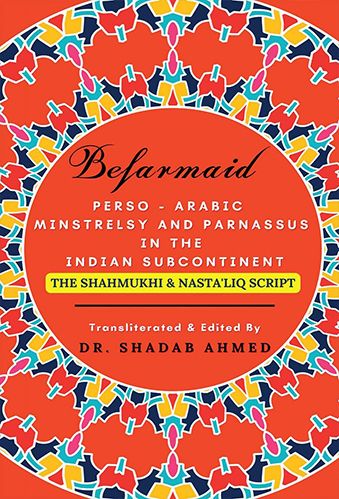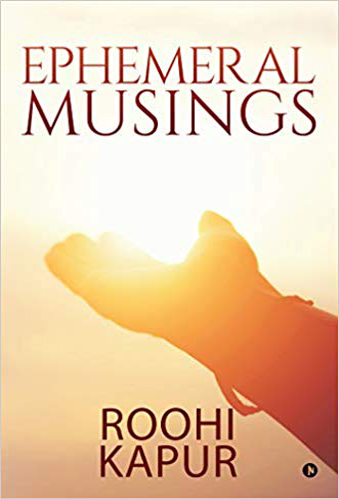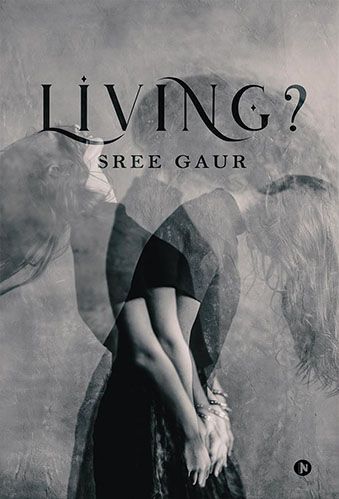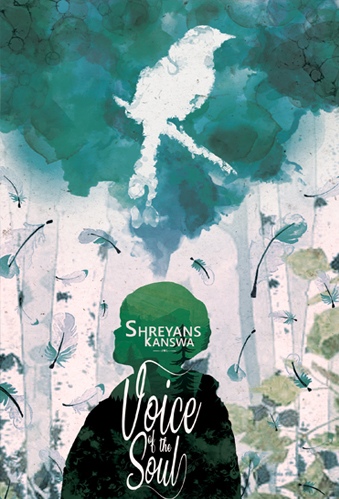India has always been a region of multiple cultures and ethnicities comprising a multifaceted, colorful, and genuinely diverse civilization of innumerable peoples, beliefs, and languages. The political domination of Muslim dynasties from Central Asia from the Ghaznavid conquests onwards led to “Persian” being grafted into the Indian subcontinent as the official language of governance and high culture. As classical Persian culture fell into abeyance during the Middle Ages and the Islamic West disintegrated into chaos, India fostered a Persian cultural renaissance of unparalleled literary achievement by émigrés to India as well as by Indians themselves. However, from the beginning of the seventeenth century. “Urdu” began to form around the lower echelons of society as a common tongue to enable communication between the myriad ethnicities of the Mughal Empire, ultimately restricting Persian to a refined language of culture and courtly life in the Mughal court and becoming a vibrant and dynamic language in its own right thus becoming the first literary language with a substantial original contribution from Indians since ancient Sanskrit. Presented in this book are proses, minstrelsy and parnassus straight from the kings emperors, saints, prisoners and outlaws of the Mughal court and jurisdiction, as well as the beau monde and aristocracy of the Mughal India.





Reviews
There are no reviews yet.